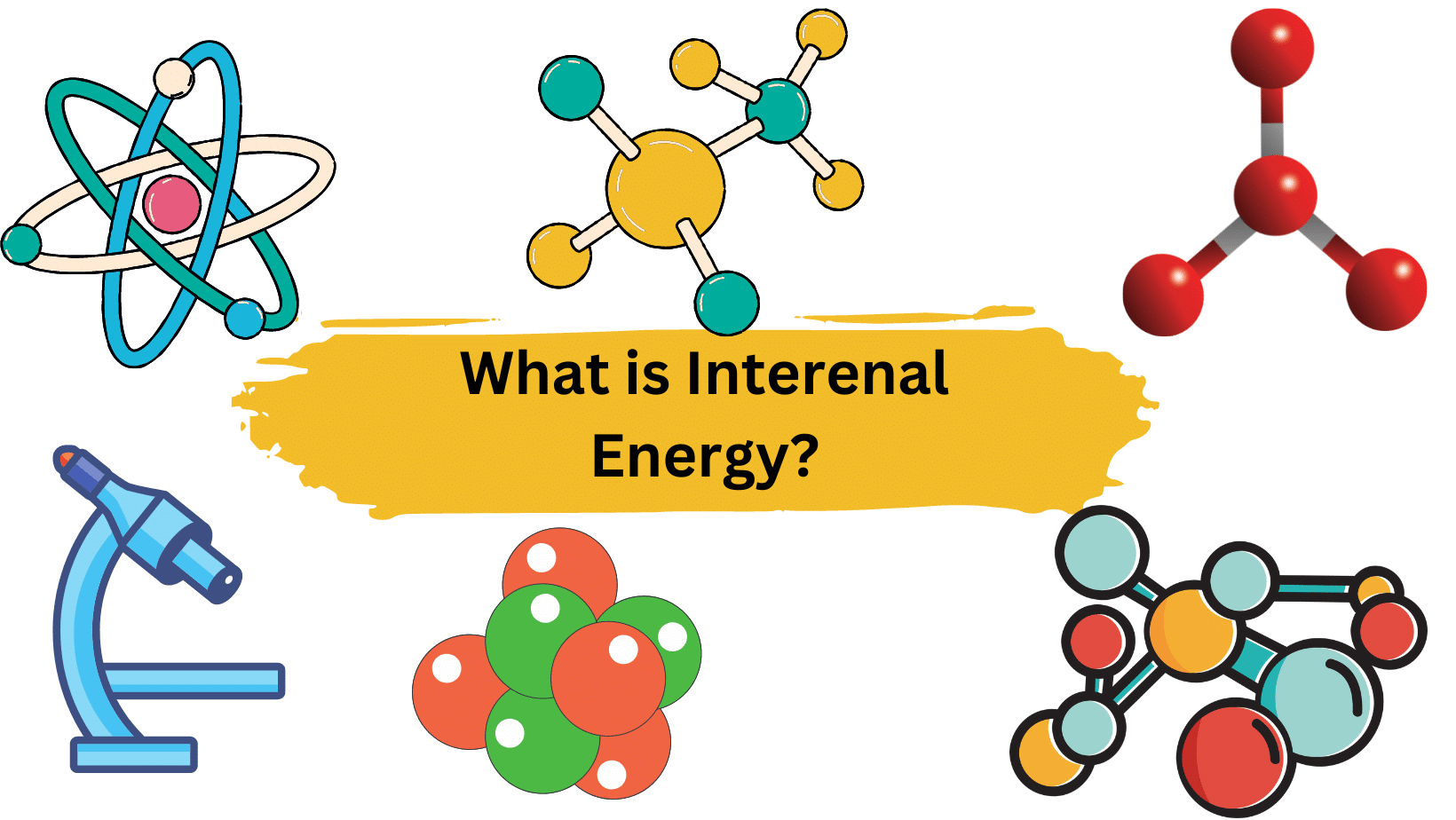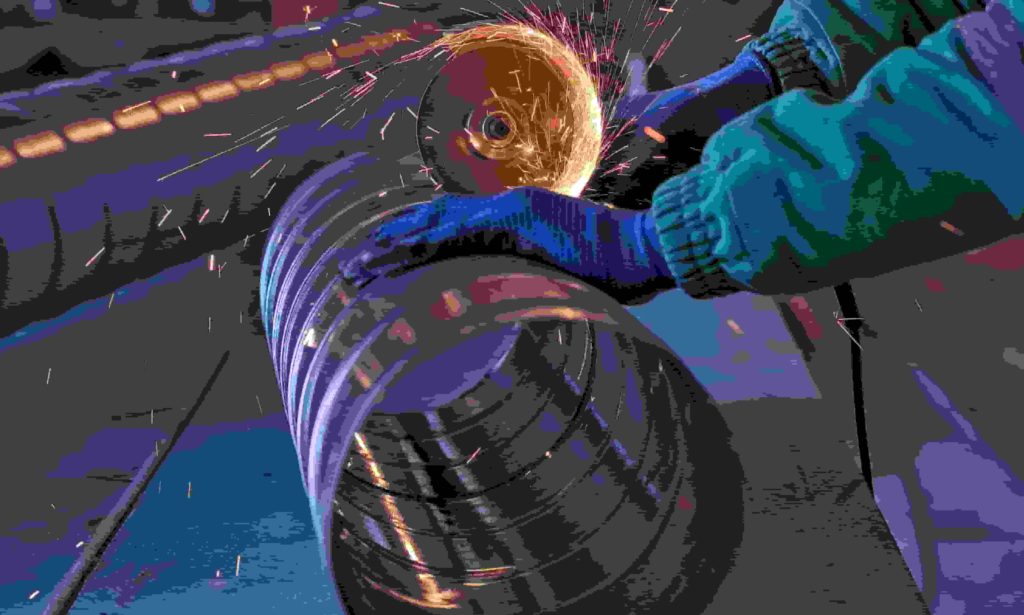If the velocity of an item travelling in a straight line increases or decreases over time, it is said to have linear acceleration. Depending on whether the velocity is rising or decreasing, acceleration can be positive or negative. In simple words, the rate of change of velocity without a change in direction is called linear acceleration.

In simple words, linear acceleration is the uniform acceleration of a moving body in a straight line (linear motion). There are three key equations in linear acceleration that depend on factors such as starting and final velocity, displacement, time, and acceleration.
| The first equation of motion | vf=vi+at | vf = final velocity (m/sec) vi =Initial velocity (m/sec) |
| The second equation of motion | S = vit + 0.5 at2 | S = distance covered (m) |
| Third equation of motion | vf2 = vi2+2aS | a = acceleration (m/sec2) t = time (sec) |
For details about the equations of motion, please refer to the full article “Kinematics equations of motion”.
Table of Contents
What is linear acceleration?
Acceleration is the rate at which a person’s velocity varies over time, in both speed and direction. If a point or an object moves in a straight line faster or slower, it is said to be accelerated. The direction of motion in a circle is always changing, so even though the speed is constant, the motion is accelerated.
Linear acceleration = change in velocity/unit time
The unit of linear acceleration is m/sec2.
Daily Life Examples of Linear Acceleration
Linear acceleration refers to a change in velocity in a straight line and can be described as a rate of change of speed in a specific direction. Here are a few examples of linear acceleration in daily life:
- Driving a car – When you step on the gas pedal, the car accelerates and its speed increases, causing linear acceleration.
- Riding an elevator – When an elevator starts moving upwards or downwards, the change in velocity causes linear acceleration.
- Throwing a ball – When you throw a ball, the velocity at which it leaves your hand increases, causing linear acceleration.
- Jumping off a diving board – When you jump off a diving board into a pool, the force of gravity causes your velocity to increase, leading to linear acceleration.
- Roller coasters – The rapid changes in velocity and direction experienced on a roller coaster are due to linear acceleration caused by the force of gravity and the coaster’s design.
Linear Motion Examples in Daily Life
- an athlete running along a straight track
- walking/running in a straight line
- an apple falling down
- pushing a car
- Launching of a rocket
- An object was thrown from the height
- sliding door
- a train speeding up
Centripetal Acceleration
A moving body travelling in a circular direction experiences centripetal acceleration. It is pointing in the direction of the circle’s centre.
Frequently Asked Questions
1. Flexural strength?
A material’s flexural strength is the highest bending force that can be applied to it before it yields. A transverse bending test employing a three-point flexural test methodology is the most popular method of assessing a material’s flexural strength. Bending strength, modulus of rupture, and transverse rupture strength are all names for flexural strength.
2. Can displacement be negative?
Yes, because displacement is a vector quantity that depends on magnitude and direction, it can be negative. The negative symbol just denotes the direction. Please refer to the full article “Can displacement be negative?”.
3. Can force be negative?
Force can be negative since it is a vector variable that depends on magnitude and direction. The negative symbol just indicates the direction. Please refer to the full article “Can force be negative?”.
4. Momentum equation?
The momentum equation is simply the product of a moving object’s mass (m) and velocity (v).
When a thing moves and has mass, it has momentum.
5. What is Strain energy?
Strain energy is a type of potential energy stored in an item as a result of elastic deformation. When an item is deformed from its unstressed state, the external work done on it is turned into (and is considered equivalent to) the strain energy contained in it. It is measured in N-m or Joules.
6. Damped oscillation definition?
A damped oscillation is one that fades away over time. Examples include a swinging pendulum, a weight on a spring, and a resistor-inductor-capacitor (RLC) circuit.
7. Gravitational potential energy?
The energy that an object has as a result of its location in a gravitational field is referred to as gravitational potential energy (w). If the object is pushed straight up at a constant speed, the force (F) necessary to hoist it to the height (h) is equal to the object’s weight (mg).
More Links
- BCl3 Lewis Structure in four simple steps - November 1, 2023
- PH3 Lewis Structure in four simple steps - October 8, 2023
- PF3 Lewis structure in four simple steps - September 24, 2023



